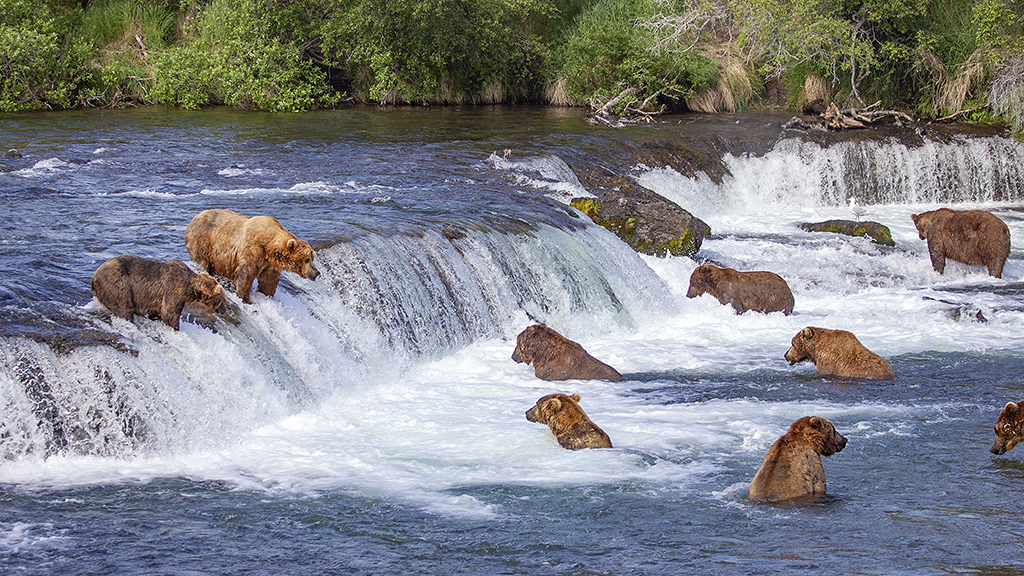Abstract
This interrupted case study examines one of nature’s metabolic marvels: the hibernating bear and the fat catabolism pathway that enables it to survive the long, cold, and foodless winter months. After a brief introduction explaining the basics of bear hibernation, the case describes how bears oxidize saturated free fatty acids in a four-step, enzyme-dependent pathway to produce acetyl coenzyme A, which enters the citric acid cycle to eventually produce more ATP. As students work through a variety of scaffolded questions (e.g., multiple choice, true/false, short answer, and rudimentary calculations), they gain foundational knowledge about the molecular structure of fats and fatty acids, the structural forms of electron transport coenzyme molecules NAD+ and FAD, oxidation-reduction characteristics in organic reactions, and the enzymes that are needed to carry out specific chemical reactions. The case is designed to be used in lower- and upper-level undergraduate organic chemistry or biochemistry classes. Before beginning the case, students should have an understanding of fatty acids and know that fatty acid chain lengths vary.



